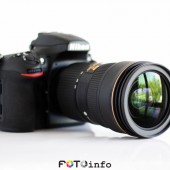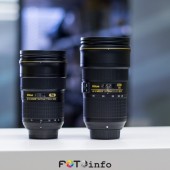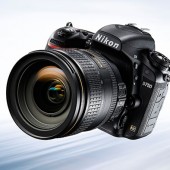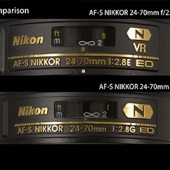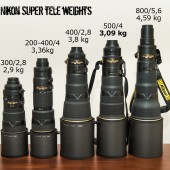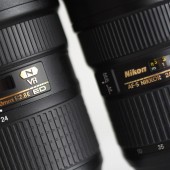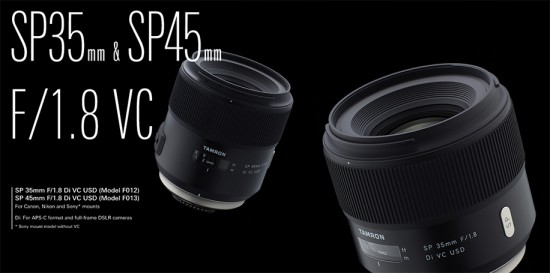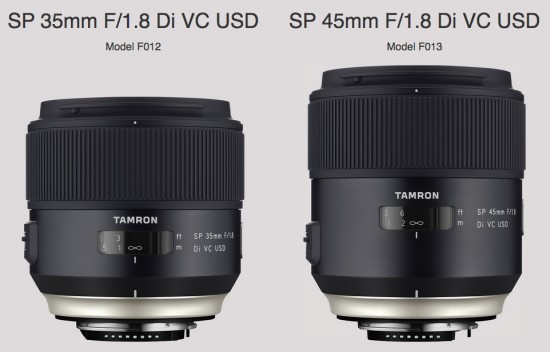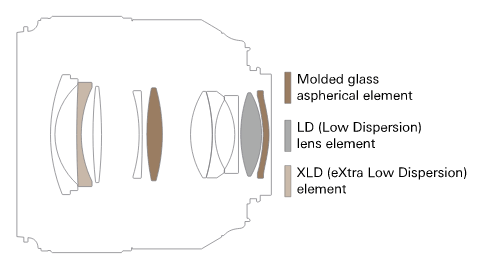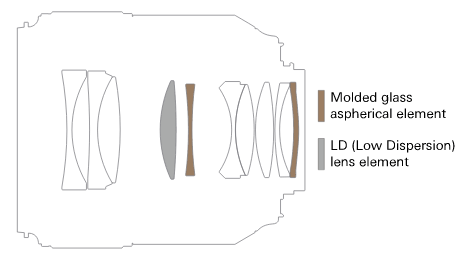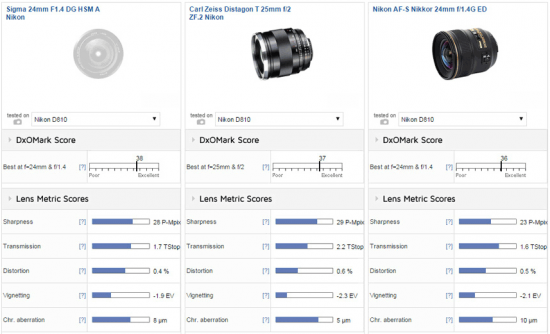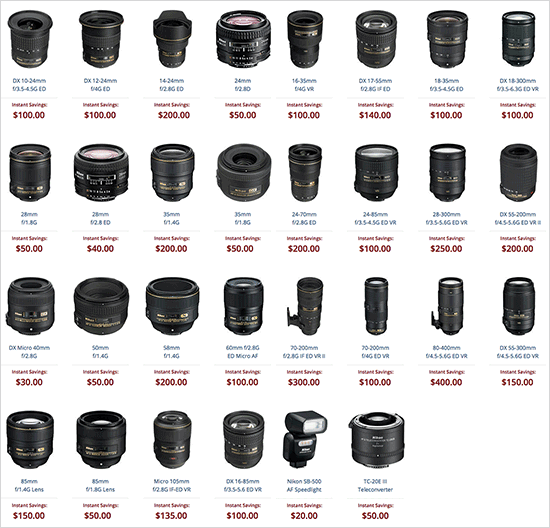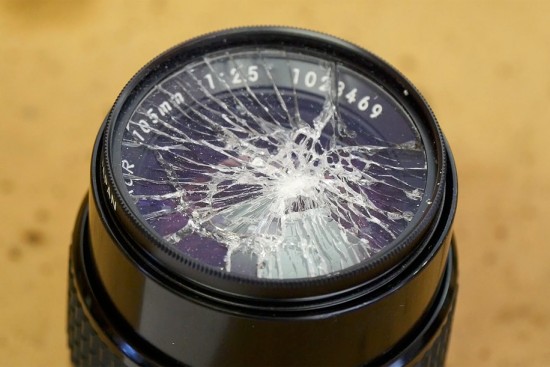
This Nikon AF-S 600mm f/4E FL ED VR lens video review is by Aaron Baggenstos (website | Facebook | YouTube | portfolio):
I was recently given the opportunity to field test the new Nikon AF-S 600mm f/4E FL ED VR Lens in Alaska, one of my favorite places for wildlife photography and a place where I lead several photography tours each year.
I am extremely impressed with this lens. I’ve demonstrated a few of my favorite new features in the video review below including images, video, and time-lapse. Thank you for watching and I hope you enjoy this review:
Check out also Aaron’s new book Pacific Northwest Wildlife (currently available on Amazon).

